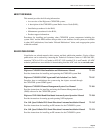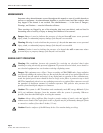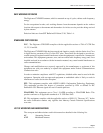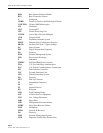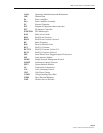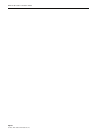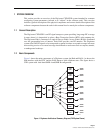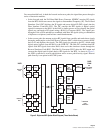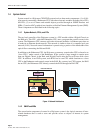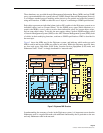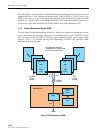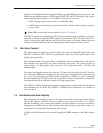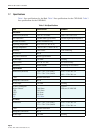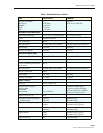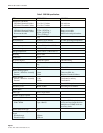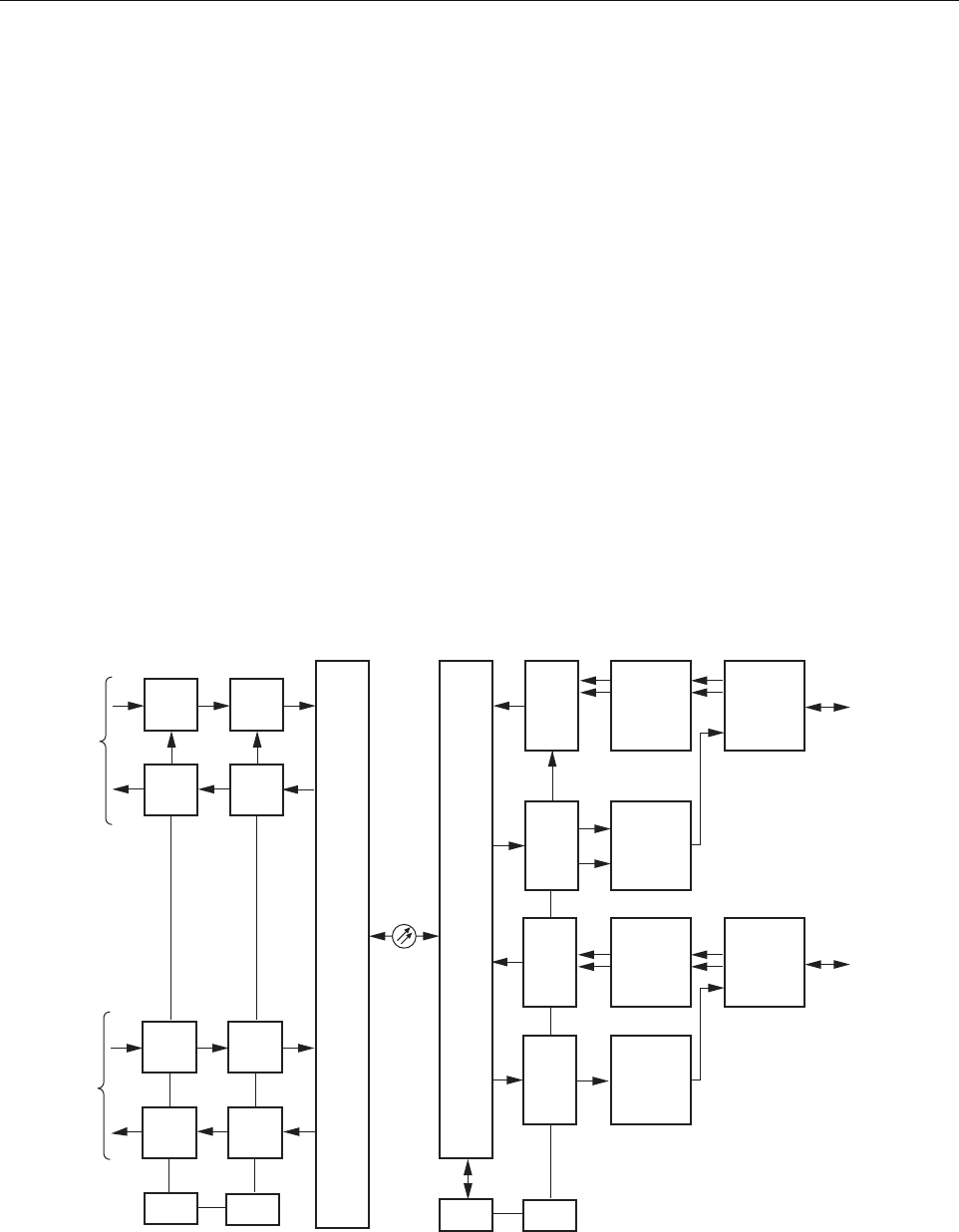
ADCP-75-192 • Issue 2 • June 2007
Page 3
© 2007, ADC Telecommunications, Inc.
On a more detailed level, in both the forward and reverse paths, the signal data passes through a
series of electronic modules:
• In the forward path, the Full Band Hub Down Converter (FBHDC) receives RF signals
from the BTS and down converts the signals to Intermediate Frequency (IF). The Forward
Simulcast Card (FSC) digitizes the IF signals and passes digital IF (DIF) signals into the
Fiber Interface Controller (FIC). The FIC converts the DIF signals to digital optical
signals for transport to the RAN. At the RAN, a similar process occurs whereby the optical
signals are converted to RF signals using a RAN Up Converter (RUC). The signals pass
through a PAA or RFA and then are combined with other RF signals (using a combination
of diplexers or triplexers) and fed into a multi-band antenna.
• In the reverse path, the antenna receives RF signals from a mobile and sends those signals
through a multicoupler to the RAN Down Converter (RDC) which down converts the RF
back to IF and digitizes the signals. The DIF signals are passed to the FIC, which sends
digital optical signals from the RAN to the HUB FIC. The Hub FIC combines that DIF
signals with DIF signals from other RANs that are in that simulcast cluster through the
Reverse Simulcast Card (RSC). The Hub Up Converter (HUC) takes the RSC output and
converts the digital optical signals back to RF signals for the BTS. As shown in Figure 3,
the NXD system has a reverse path diplexer and a reverse path diversity signal. Reverse
path diversity is an option in the CXD system.
Figure 3. Digivance NXD System Block Diagram (Three Bands Shown)
21989-A
FBHDC FSC
HUC RSC
STF2
STF2
CPU
RDC
RUC
FIC FIC
CPU
PAA
800
PAA
1900
800 MHz
BTS
800
DUPLEXED
OUTPUT
1900
DUPLEXED
OUTPUT
1900 MHz
BTS
HUB
NXD
RAN
FBHDC FSC
HUC RSC
RDC
RUC
800
RX
800
MULTI
COUPLER
PCS
MULTI
COUPLER
*
*
*
REVERSE
PATH
DIVERSITY
800
DUPLEXER
1900
DUPLEXER



